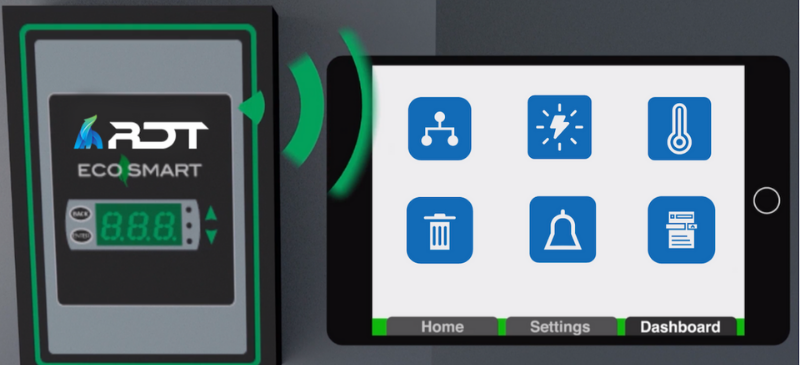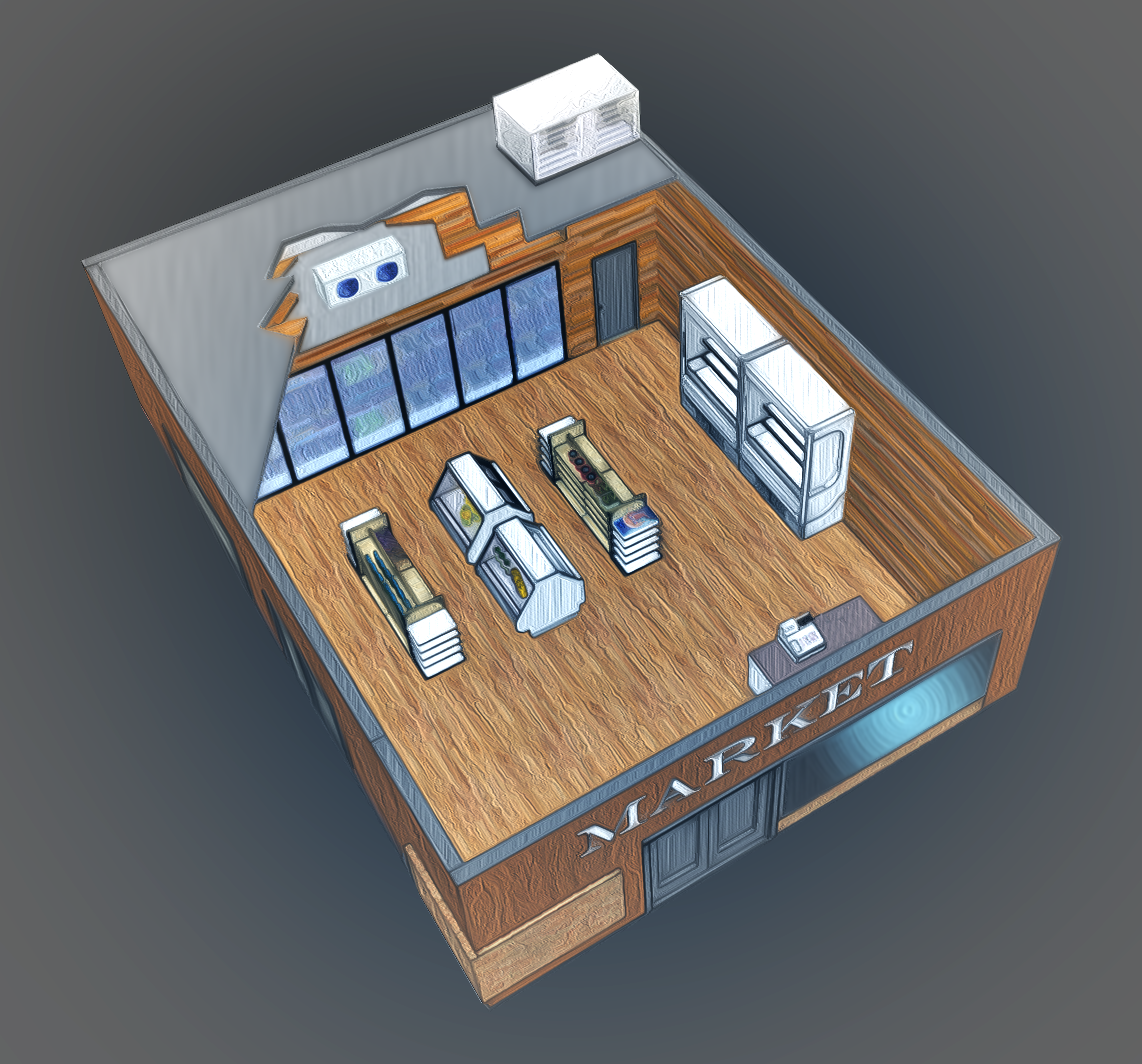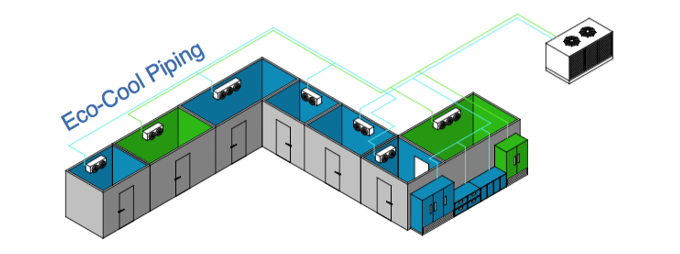Commercial refrigeration is essential in keeping ingredients and customers safe, preserving freshness and quality, and providing chefs and staff with items needed to enact their culinary visions. Commercial refrigeration is also one of the largest consumers of energy because it runs 24 hours a day. Fortunately, modern refrigeration technology allows operators to save on costs and maintain food safety better than ever before.
[…]We all know freezer burn can destroy your ingredients, profits, and your energy bill, so what if there was a better way to regulate your walk-ins? There is, and in the Eco-Smart Experience, we're giving you a firsthand look at what savings actually looks like.
[…]Check out this interactive experience from RDT. Visit a virtual marketplace, and see the areas where operators can realize savings by considering energy-efficient refrigeration systems.
[…]Commercial refrigeration systems typically require a fair amount of electricity. In fact, refrigeration is one of the top five consumers of energy in all foodservice operations, as refrigeration is needed to cool walk-ins, undercounter refrigerators, reach-ins, cold cabinets, beverage storage, and more.
[…]Refrigeration systems make up a huge part of the foodservice equipment sector. When it comes to developing and implementing reliable refrigeration systems, few companies rival RDT. Not only has RDT earned a sterling reputation in the refrigeration industry, but it offers a variety of different products to meet your unique needs.
[…]We're becoming more and more specialized in foodservice, in part because it's often the best way to be the best at something. Restaurants and operators that focus on doing a few things, and doing them well, stand a better chance at being successful.
[…]Even though we need our freezers to be cold, the build up of frost is actually bad. This is pretty common knowledge in the foodservice industry, but not everyone knows the dirty details as to why frost is bad in your walk-in freezer.
[…]With refrigeration costs accounting for nearly 25 percent of all energy usage in a foodservice operation, new and effective ways to cool and freeze food products can result in significant cost savings.
[…]Impending Department of Energy regulations will mandate that refrigeration systems cut energy consumption by 20 to 40 percent by June of 2017. These increasing demands for environmental responsibility will also affect the restaurants and foodservice establishments that require commercial foodservice refrigeration. But there's a way to save even more on foodservice refrigeration energy consumption then what the D.O.E. will require.
[…]Refrigeration Design Technologies, or RDT, is an innovative company that offers industry-leading, energy-saving refrigeration systems. New to the High Sabatino line card, we're happy to introduce their products to Virginia, Maryland, and the greater Washington, D.C. areas.
[…]
















